Enter a surname, town name or other keyword to search the database. Remember to
allow for the different spellings of 'Mc' and 'Mac.' Good luck!
{Search tips: Use single word search terms for more results}
You must enter some valid character(s) into the search field
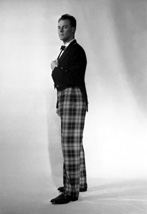
Reference: 44446b
R.S. MacDonald, Eastgate, Inve...
|
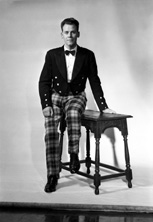
Reference: 44446a
R.S. MacDonald, Eastgate, Inve...
|
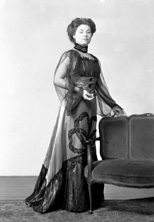
Reference: 37099b
Assistant Section Officer, Mis...
|
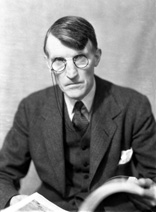
Reference: 29684b
Sir Alexander Malcolm MacEwen,...
|
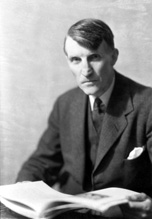
Reference: 29684a
Sir Alexander Malcolm MacEwen,...
|
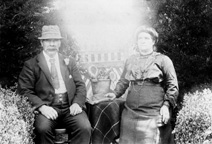
Reference: 877
Copy for Mrs Robertson, Old ...
|
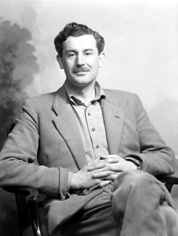
Reference: 40813b
Lord Lovat. Brigadier Simon Ch...
|
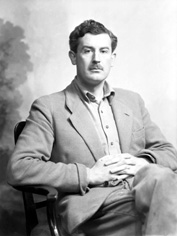
Reference: 40813a
Lord Lovat. Brigadier Simon Ch...
|
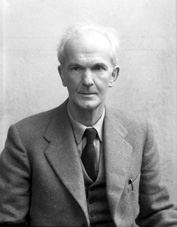
Reference: 45732a
Neil M. Gunn c1960. Neil Mille...
|
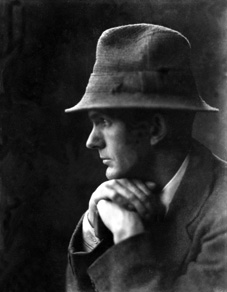
Reference: 25909a
Neil M. Gunn in June 1927. Nei...
|
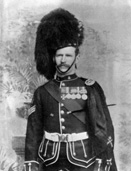
Reference: H-0203
Lt.Col Donald Dickson Farmer (...
|
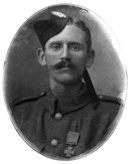
Reference: 27563b
Private Ross Tollerton, Ist Ba...
|